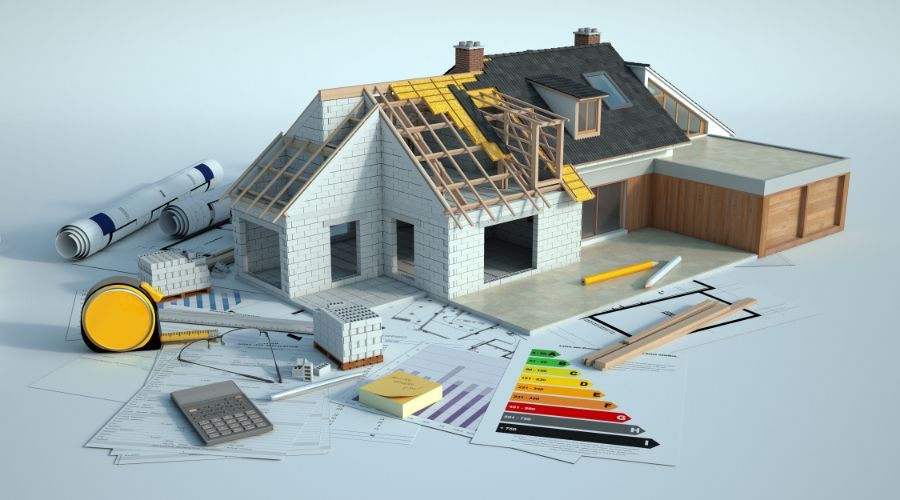Ways To Convert Existing Structures into ADUs for Extra Income

An accessory dwelling unit (ADU), also known as a granny flat, is a great way for new investors to test the waters of being a landlord. ADUs can be a great source of extra income, though the initial investment may be high. If you’re choosing to convert an existing structure, you can cut some of the costs while maximizing your potential income.
Today, we’ll go over how to convert unused rooms or garages into an ADU to earn extra monthly income.
Types of ADU
There are mainly two kinds of ADUs that we’re going to go over. A standard ADU, which is typically its own structure, is either built from the ground up or built using the existing frame of a previous structure, such as a garage. The other is a Junior ADU; these are typically smaller with different rules, though in California, they must be located within the existing walls of the primary home.
A JADU is a great way for first-time landlords to make extra income while renting out a private room with its own entrance. JADUs are limited to 500 square feet and are contained within the walls of the primary residence. It will need its own kitchen, though the bathroom can be shared with the main house; however, this can deter
prospective tenants looking for more privacy. Other limiting factors include the homeowner living in either the JADU or the main house if you plan on renting it out. Though a JADU can be significantly more affordable than building a full-sized ADU.
In Long Beach, as of the summer of 2025, a standalone ADU can be up to 1200 square feet; it does need its own bathroom and kitchen. Keep in mind, you’ll need to provide parking for the residents of the ADU unless it's located within a half mile walking distance of public transit, as well as other exemptions. ADUs have an advantage in that you don't have to live within the property to list either the main home or the ADU for rent, meaning there is potential for a much higher return.
Converting a Garage into an ADU
Before converting a garage into an ADU, consider checking your local zoning laws and building codes first. These can change, which can slow down builds. Ensure you’re aware of any changes to building codes, or hire a reputable contractor to help out. Owners should consider planning for essential living features for prospective tenants. For example, flooring, at first, you may consider going for the cheapest option, though this can change if you plan on allowing pets, meaning you’ll want less carpet. To keep your future tenants feeling comfortable and safe, consider exterior lighting to improve visibility and deter thieves. Finally, if you intend to maximize privacy, there are many landscaping designs that can give each tenant a sense of privacy and safety.
Converting an Existing Room into JADU
When converting an existing room, it's important to pick the right one. If you already have a room with its own entrance, this will be ideal. Though if you don't already have a room with its own entrance, consider using an exterior, corner bedroom if one is available. You’ll have to install a lockable door to separate the JADU from the rest of the residence, and a kitchenette will also be needed, though this can be done with a sink, refrigerator, and basic cooking appliances. As previously stated, a bathroom is not required as it can be shared with the main home, though having a private bathroom can significantly increase your rental income.
For improved tenant comfort and satisfaction, consider adding noise-canceling insulation in walls that are shared or using noise-suppressing paint. Lighting both inside and outside of the JADU is also important here as well as it improves safety and makes the unit feel more inviting.
Converting an existing room or structure into an ADU or JADU is a practical way for landlords to start their real estate journey without needing to invest in a brand-new investment property. Keep in mind there are limitations and rules that can slow down build times, so knowing your local building codes and laws is important. If you need help understanding the regulations of building an ADU or you need help managing your Beach City rental property, we invite you to call us today at (562) 888-0247 or complete our
Owner Application online.





